
Satz von 3 Delfter Tellern für sechs Personen
1020 EUR
Versandt in 6-7 Wochen

Folgen Sie uns auf eine Reise an die malerische Amalfiküste und entdecken Sie eine jahrhundertealte Tradition der Keramikkunst
Der Inhalt dieser Seite wurde automatisch übersetzt. Besuchen Sie die Website auf Englisch
Text von Acelya Yonac
Artemest nimmt Sie mit auf eine Reise an die malerische Amalfiküste in der Provinz Salerno, wo wir eine mehr als hundertjährige Tradition handgefertigter Bodenfliesen und keramischer Kunst entdecken, die von Vincenzo Pinto, dem Gründer von Ceramica Pinto, begründet wurde. Heute wird das Unternehmen von den Enkelkindern Rosaura und Carlo Pinto geführt und vom Geschäftsführer Alessandro Giovanni geleitet. Wir sprachen mit Alessandro über das reiche Erbe des Unternehmens, die bevorstehenden Projekte und darüber, was es bedeutet, heute in Vietri sul Mare Keramikkunst herzustellen.
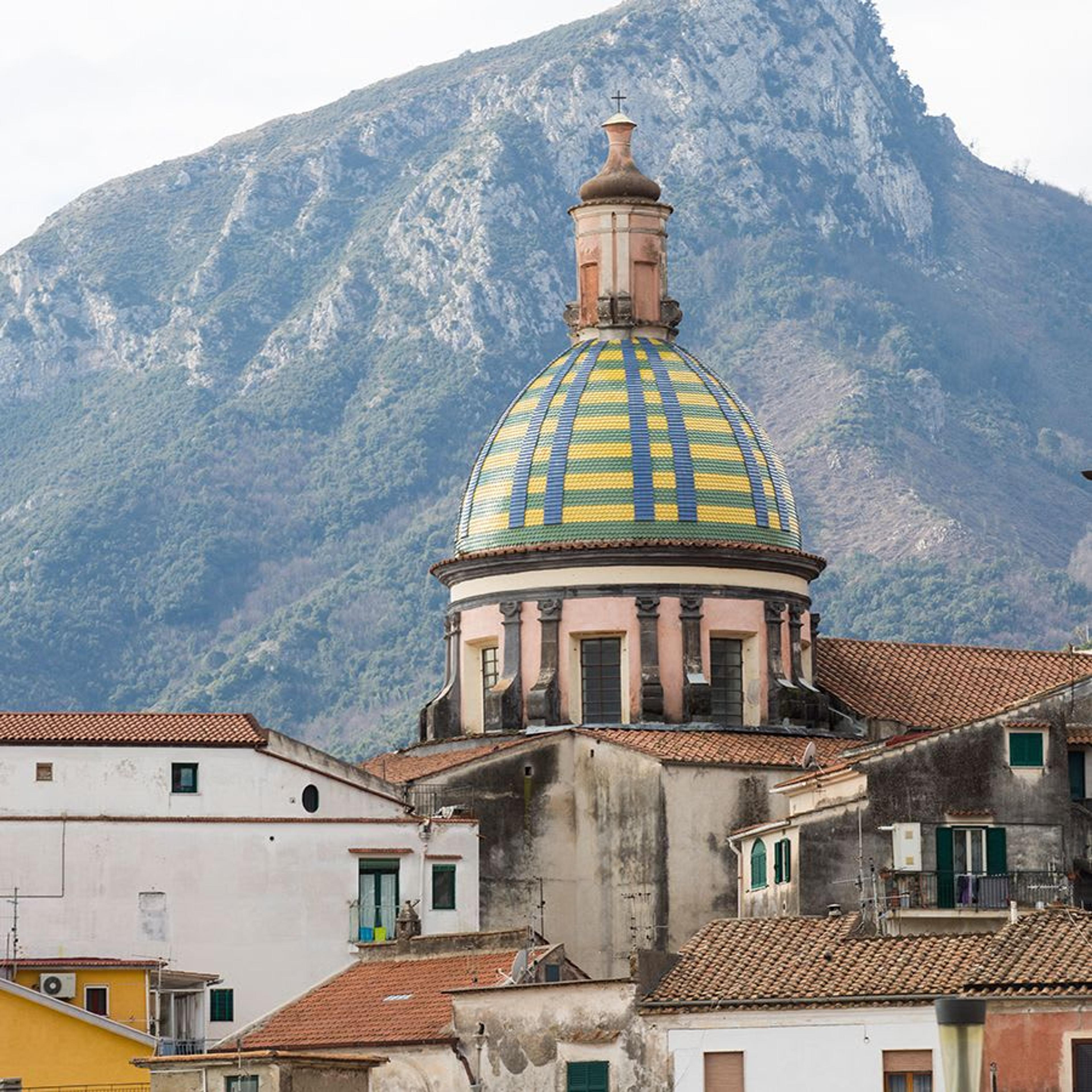

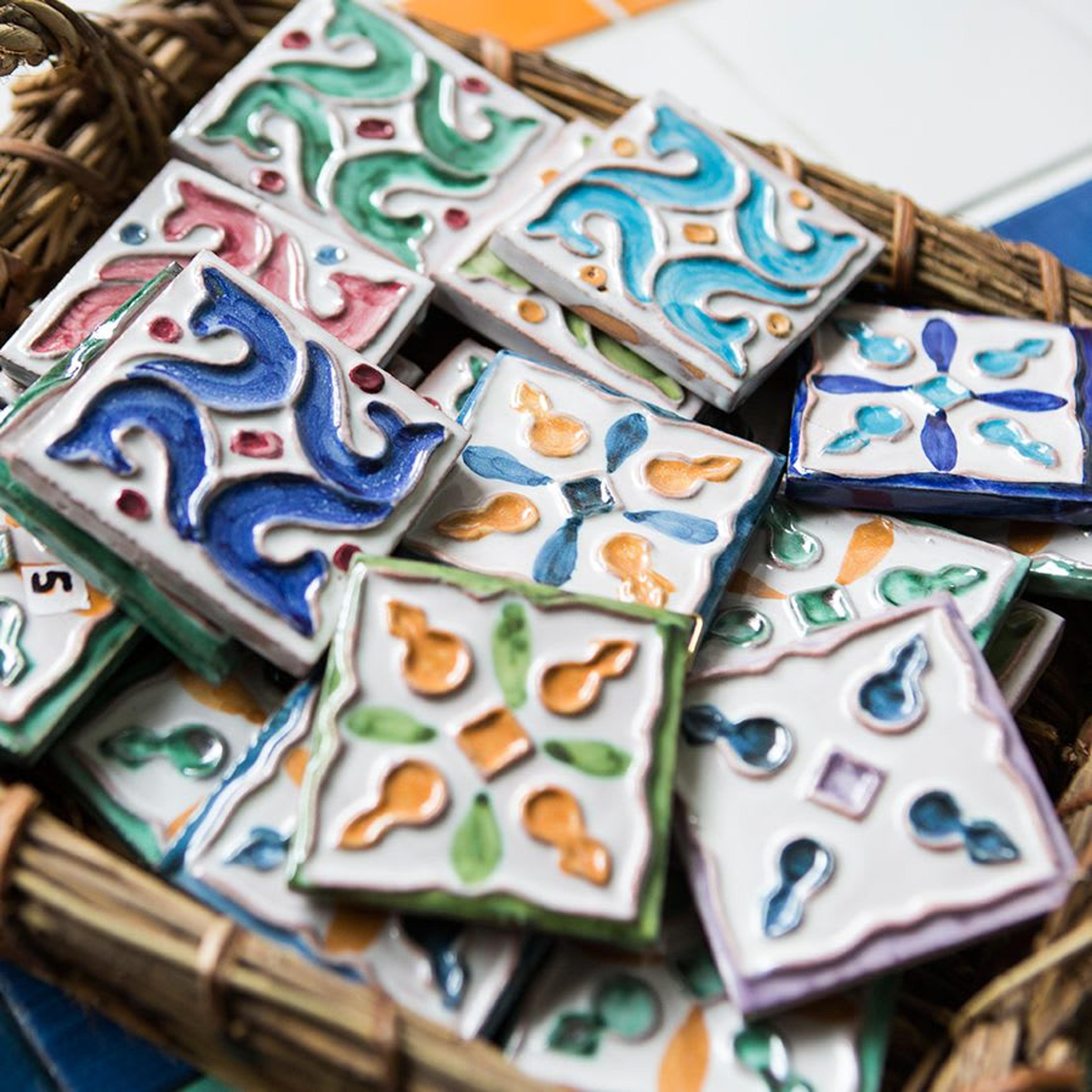
ARTEMEST: Sie stehen heute an der Spitze eines Unternehmens, das für seine lange und reiche Tradition bekannt ist. Wie schaffen Sie es, die Tradition zu bewahren und gleichzeitig innovativ zu sein und sich an den heutigen Markt anzupassen?
ALESSANDRO GIOVANNI: Trotz aller derzeitigen wirtschaftlichen Hindernisse ist es gar nicht so schwierig, ein Unternehmen mit einer so langen Geschichte zu führen. Unsere Tradition und unser Know-how sind so gefestigt, dass wir, um neue Produkte zu schaffen, nur im Archiv stöbern und unsere charakteristischen Entwürfe auf zeitgemäße Weise neu ausarbeiten müssen. Und genau das wünschen sich unsere Kunden - das wiedererkennbare Pinto-Design, aktualisiert für die heutige Zeit und den Geschmack des Marktes.
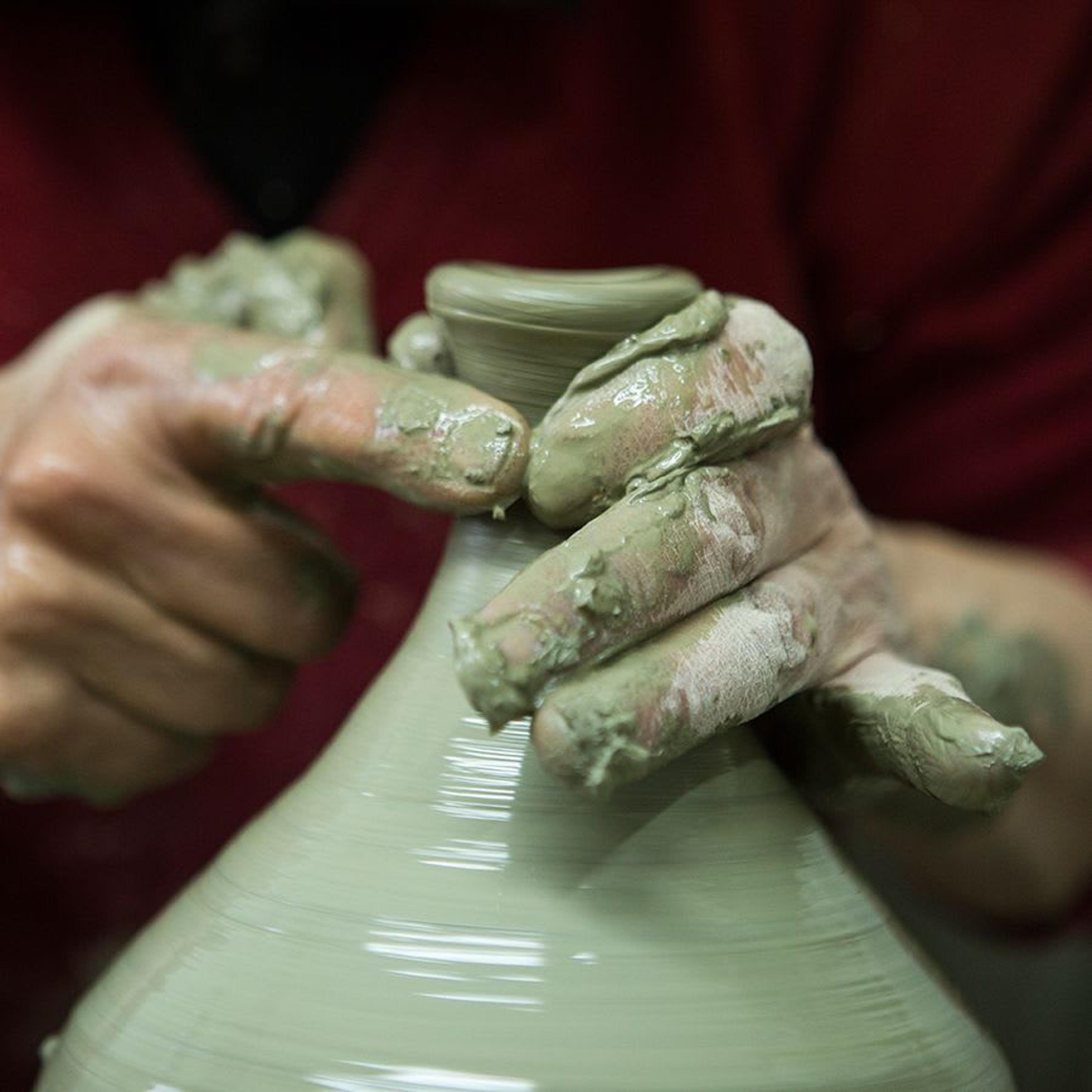

A: Da wir gerade beim Thema Innovation sind: Ceramica Pinto hat bei der Gestaltung von Keramikfliesen schon immer die Grenzen überschritten. Können Sie uns etwas über den kreativen Prozess erzählen?
AG: Die Synergie zwischen allen Phasen der Produktion ist von entscheidender Bedeutung. Bevor wir ein neues Muster einführen, berücksichtigen wir die Bedürfnisse und Anforderungen der handwerklichen Fertigung, die das Herzstück unseres Unternehmens ist.
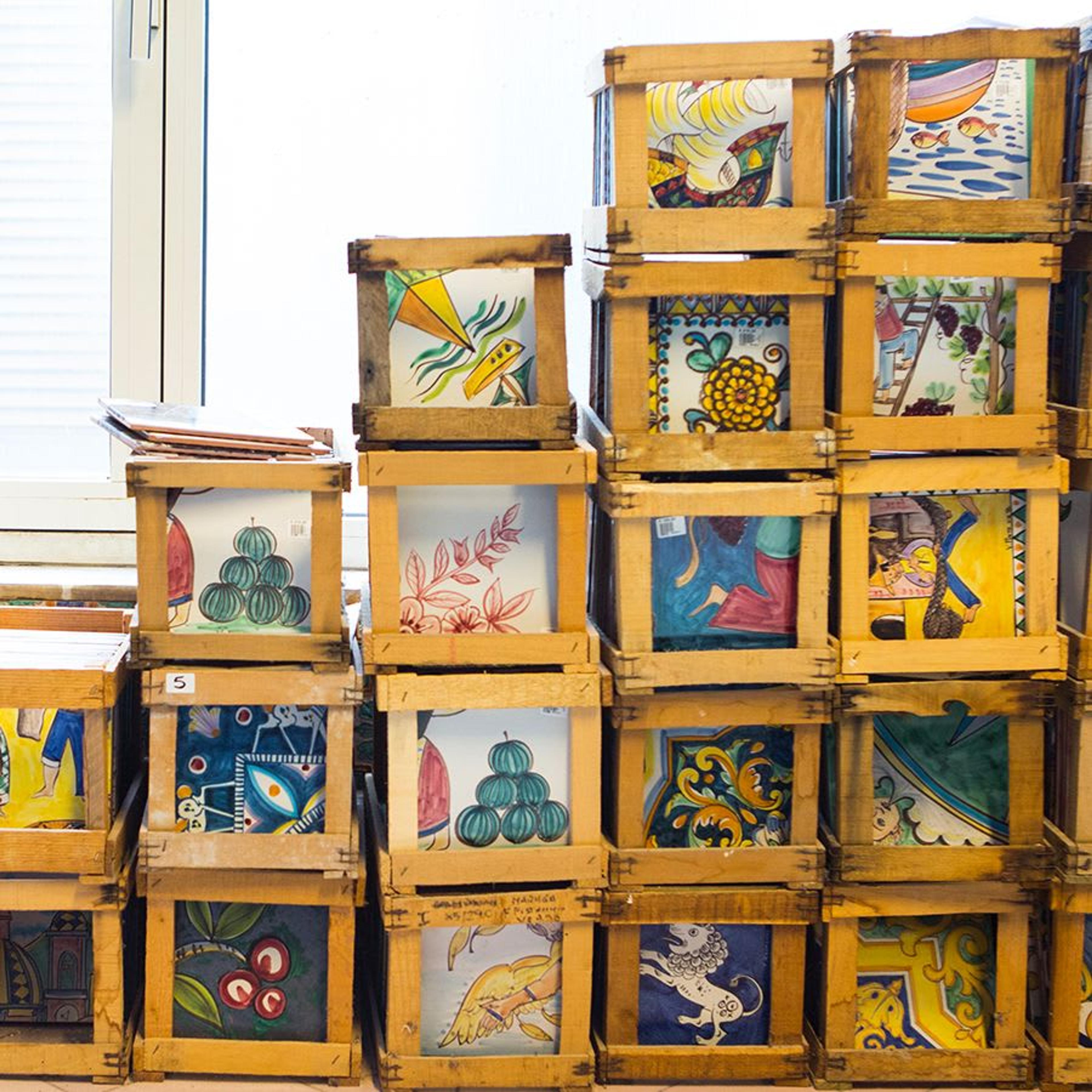
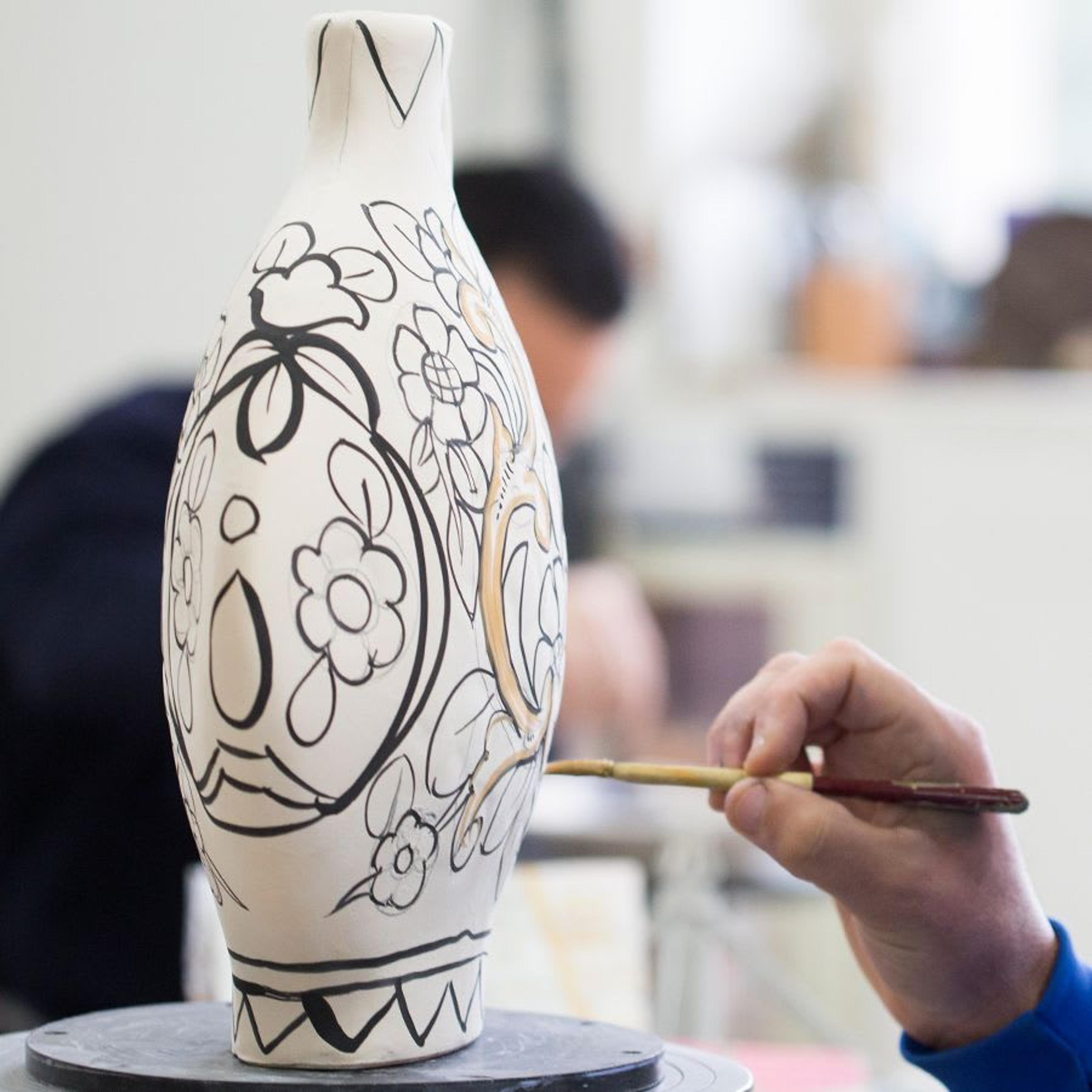
A: Die 20er und 30er Jahre waren für die Keramikindustrie in Vietri sul Mare besonders wichtig, vor allem die so genannte "deutsche Periode", als italienische Kunsthandwerker ihre Kräfte mit ihren deutschen Kollegen vereinten, um neue Wege der Keramikdekoration zu entwickeln. Können Sie uns mehr über diesen besonderen Teil der Geschichte erzählen?
AG: Ja, die deutschen Künstler führten neue volkstümliche Motive ein, wie den inzwischen berühmten Esel, den Fischer und das Bauernmädchen, die alle zuvor nicht für die Dekoration der Keramik in Vietri verwendet worden waren.
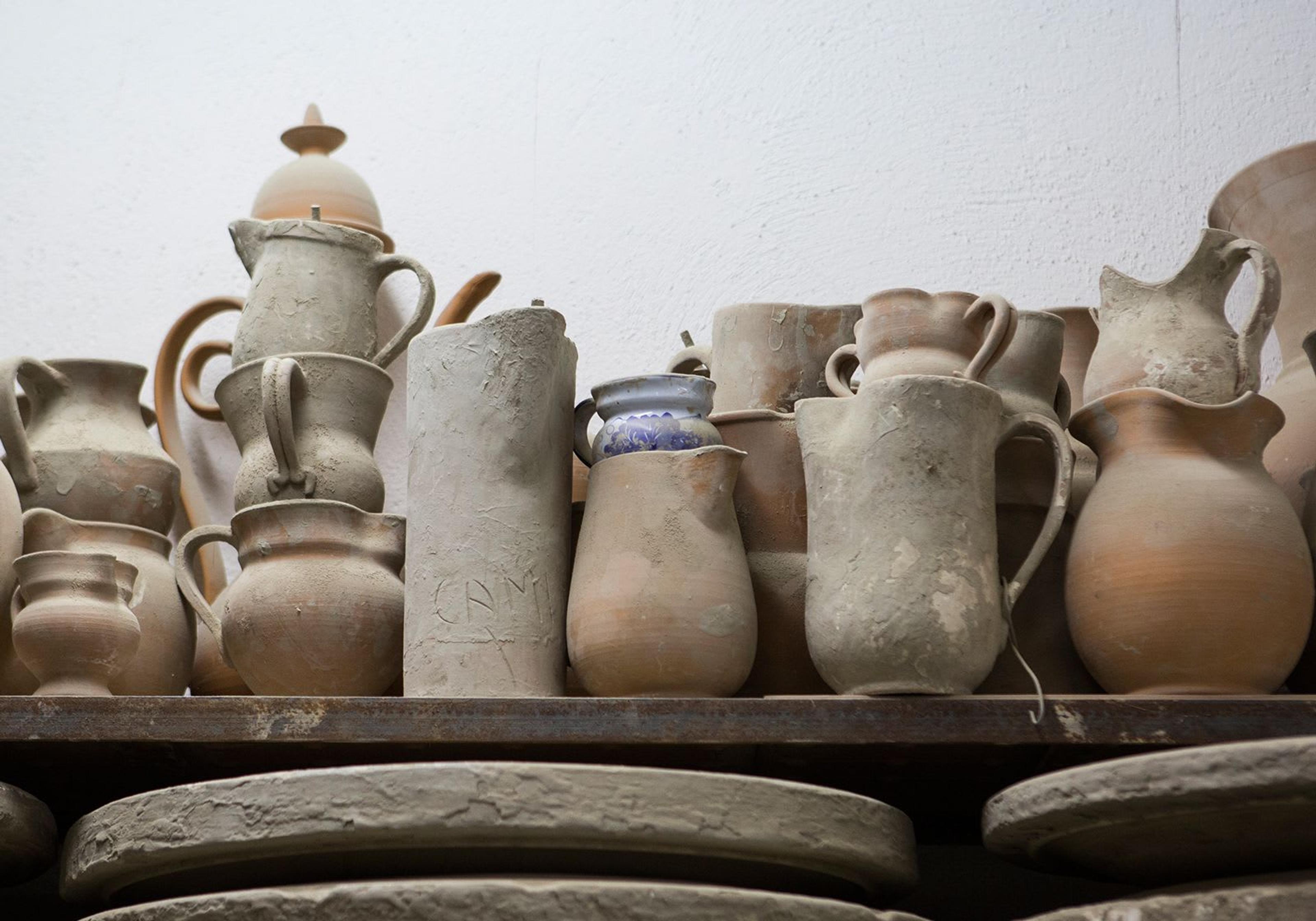
A: Die Geschichte von Ceramica Pinto wird oft mit der Kunstwelt in Verbindung gebracht, wenn man die Zusammenarbeit mit wichtigen Künstlern wie Amerigo Tot, Giovanni Carrano und Gio Ponti betrachtet. Wie ist Ihre aktuelle Beziehung zur zeitgenössischen Kunst?
AG: Unsere letzte große Zusammenarbeit war mit dem inzwischen verstorbenen Künstler Antonio Franchini. Heutzutage arbeiten wir mit lokalen Talenten zusammen, denen wir in der derzeitigen experimentellen Phase viel kreative Freiheit lassen, bevor wir mit der Produktion fortfahren können.
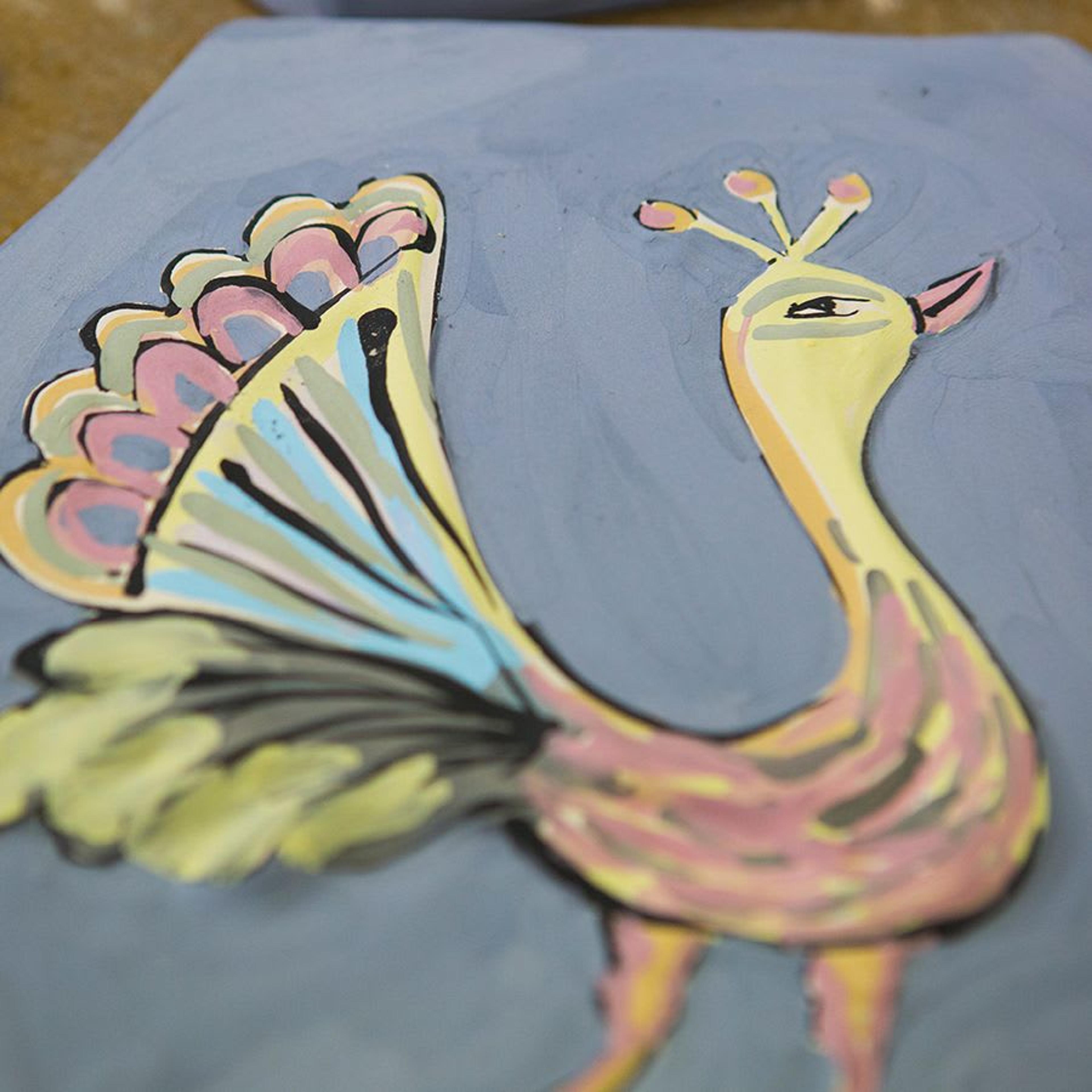
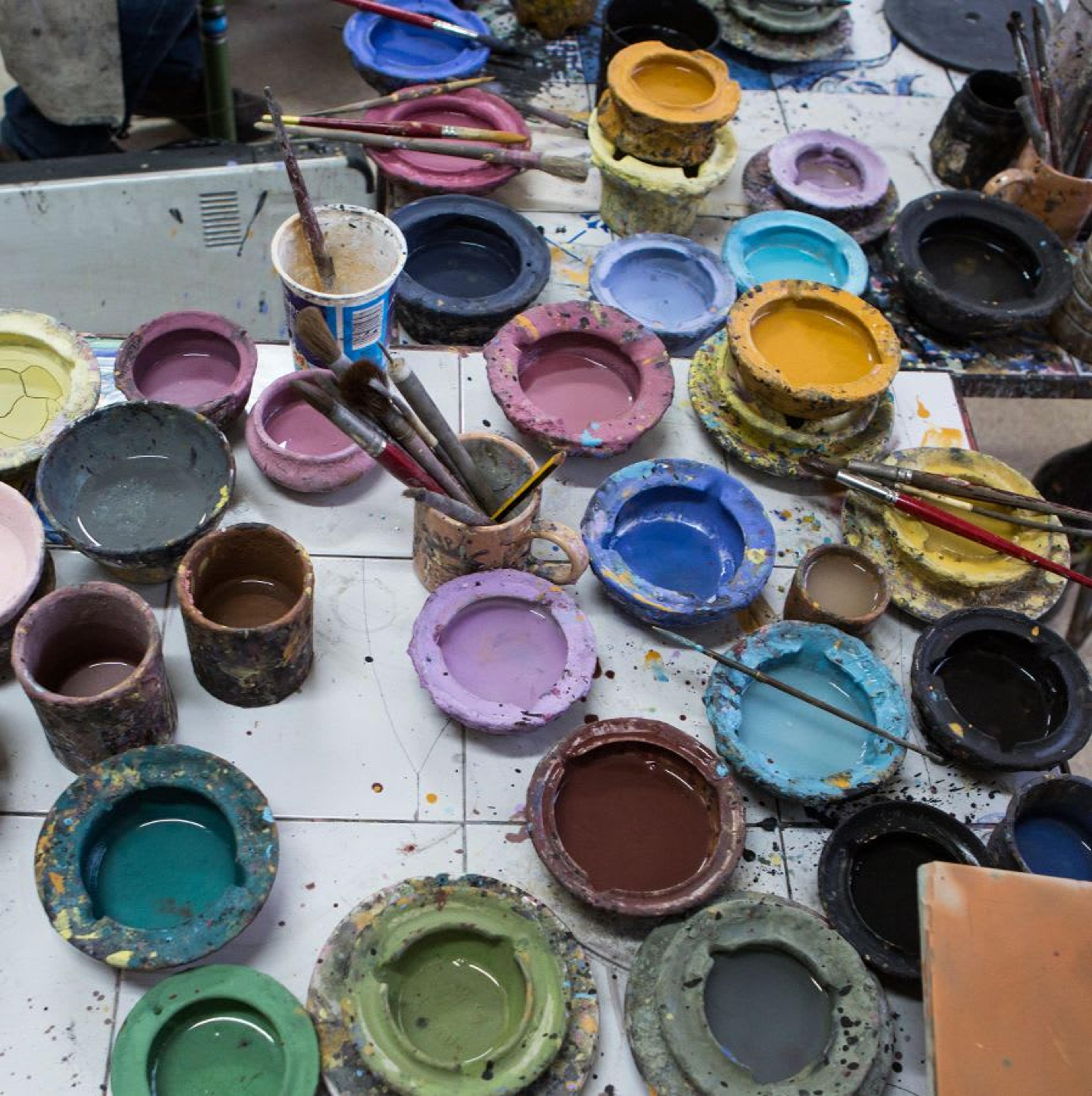
A: An einem Ort wie Vietri sul Mare zu leben und zu arbeiten, der von der UNESCO zum Weltkulturerbe erklärt wurde, muss schon eine besondere Erfahrung sein. Können Sie uns sagen, was dieser wunderschöne Ort für Sie persönlich und beruflich bedeutet?
AG: Es stimmt, die Atmosphäre von Vietri sul Mare ist immer wieder erstaunlich, unabhängig davon, wie sehr man sich an den Ort gewöhnt hat. Man könnte sagen, dass ein Nachteil der Arbeit in Vietri darin besteht, dass die Schönheit des Ortes manchmal ablenkend wirken kann. Aber wir genießen sie in vollen Zügen, und ihr Charme entschädigt für die fehlende Infrastruktur und Logistik, die beispielsweise in anderen, eher industriellen Keramikzentren in Italien vorhanden sind. Aber gleichzeitig sind wir von den Bergen und dem Meer umgeben, was uns sowohl geografisch als auch in Bezug auf die Produktion einen Vorteil verschafft, da wir uns ausschließlich auf die traditionelle Handwerkskunst konzentrieren.
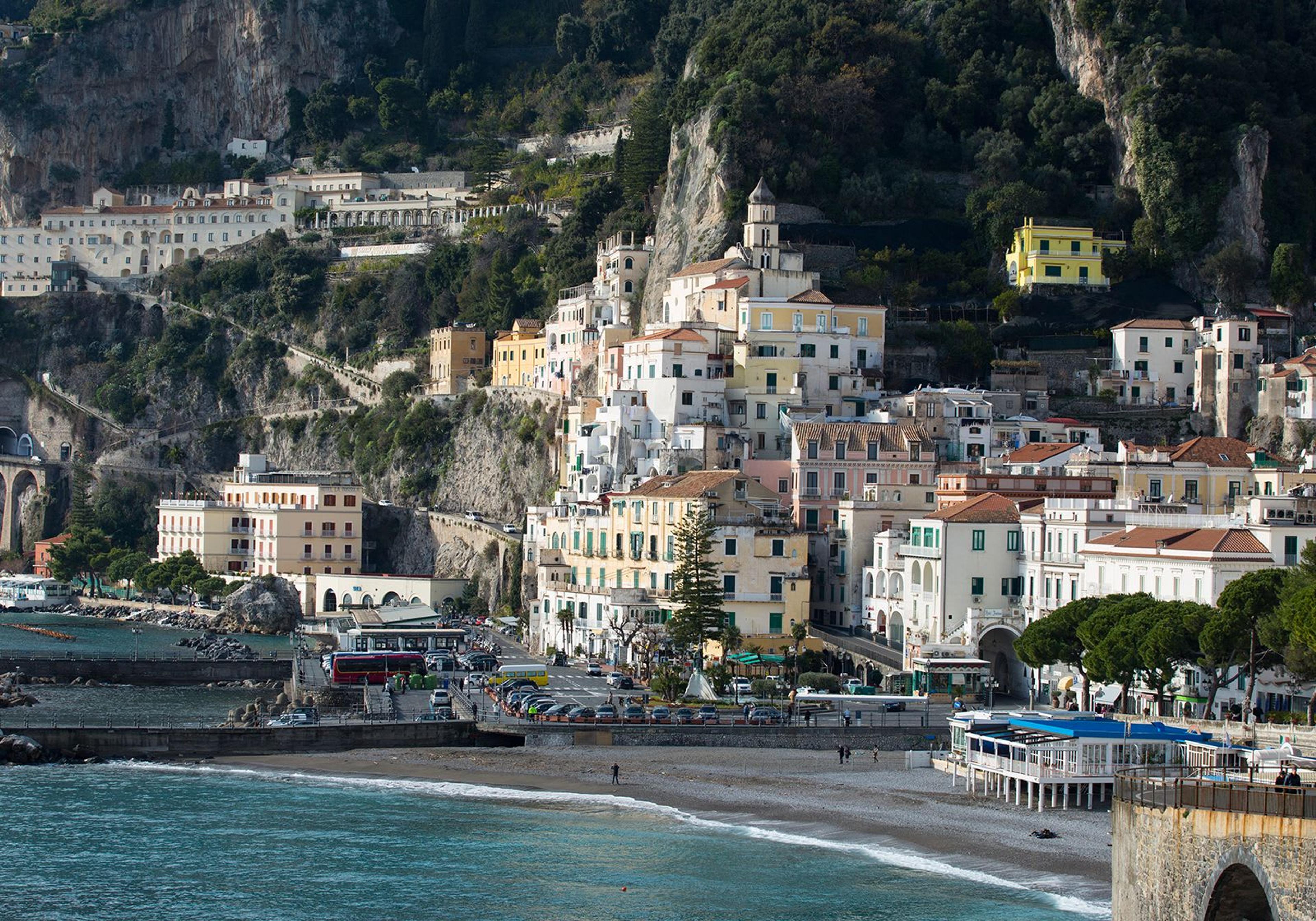
A: Wenn Sie ein Stück von Ceramica Pinto auswählen müssten, das die Kreativität und das künstlerische Erbe des Unternehmens am besten repräsentiert, welches wäre es?
AG: Ich mag besonders die Fliesen, die wir in Zusammenarbeit mit dem Maler Giuseppe Capogrossi in den 50er Jahren entwickelt haben. Meiner Meinung nach verstand Capogrossi perfekt die Dynamik zwischen dem kreativen Geist und dem Handwerker, der das fertige Produkt herstellt. Seine Entwürfe für Ceramica Pinto waren gleichzeitig innovativ und respektvoll gegenüber unserer Tradition.

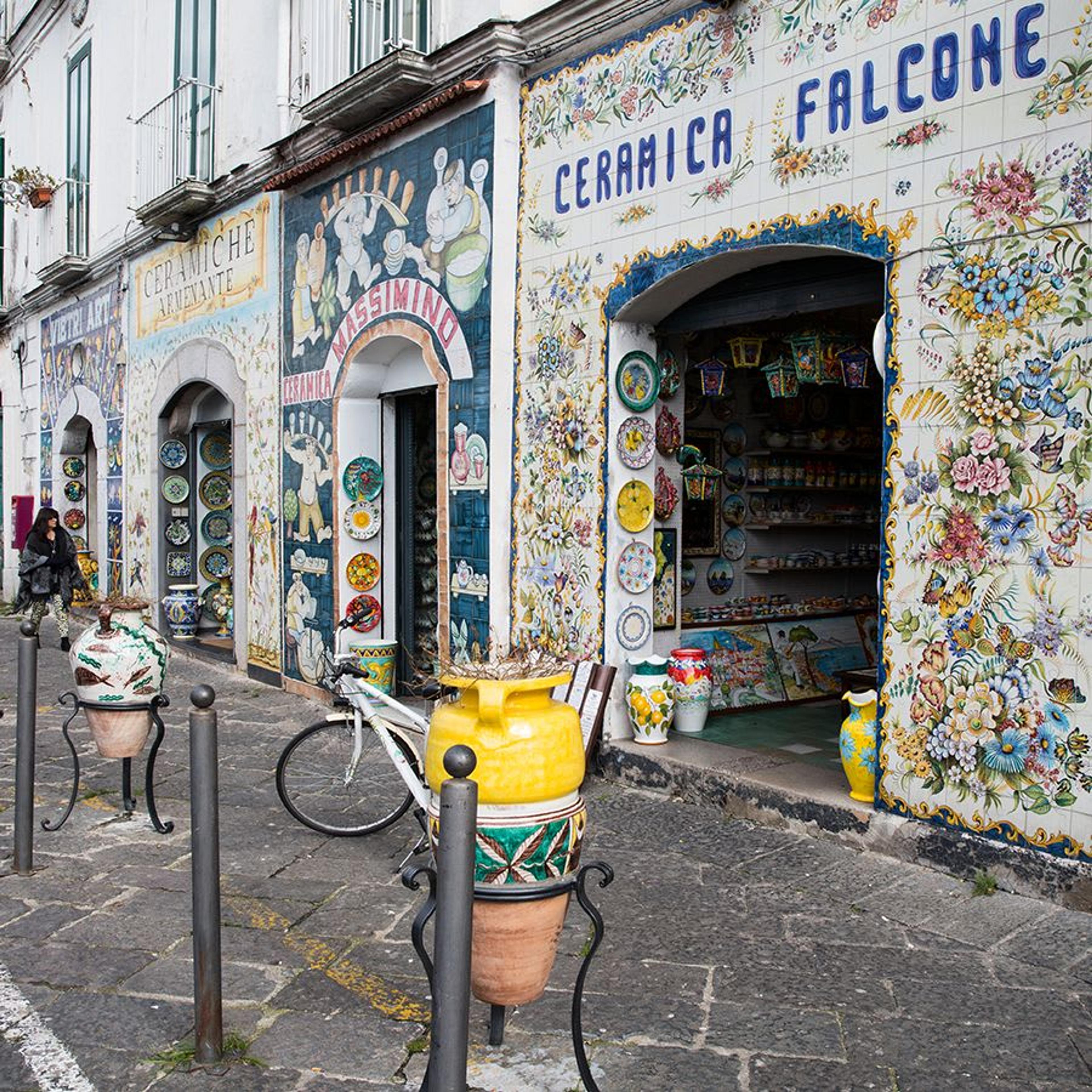
A: Und schließlich, können Sie uns Pläne für kommende Projekte mitteilen?
AG: Wir sind immer bestrebt, neue Künstler und Ideen in unsere Arbeit aufzunehmen, aber in der Zwischenzeit erforschen wir ständig unser reichhaltiges Archiv und interpretieren derzeit einige unserer klassischen Designs neu, um ihre reine und ursprüngliche Form zu betonen.


1020 EUR
Versandt in 6-7 Wochen

1220 EUR
Versandt in 6-7 Wochen

1020 EUR
Versandt in 6-7 Wochen

165 EUR
Versandt in 1 Woche

100 EUR
Versandt in 6-7 Wochen

125 EUR
Versandt in 6-7 Wochen
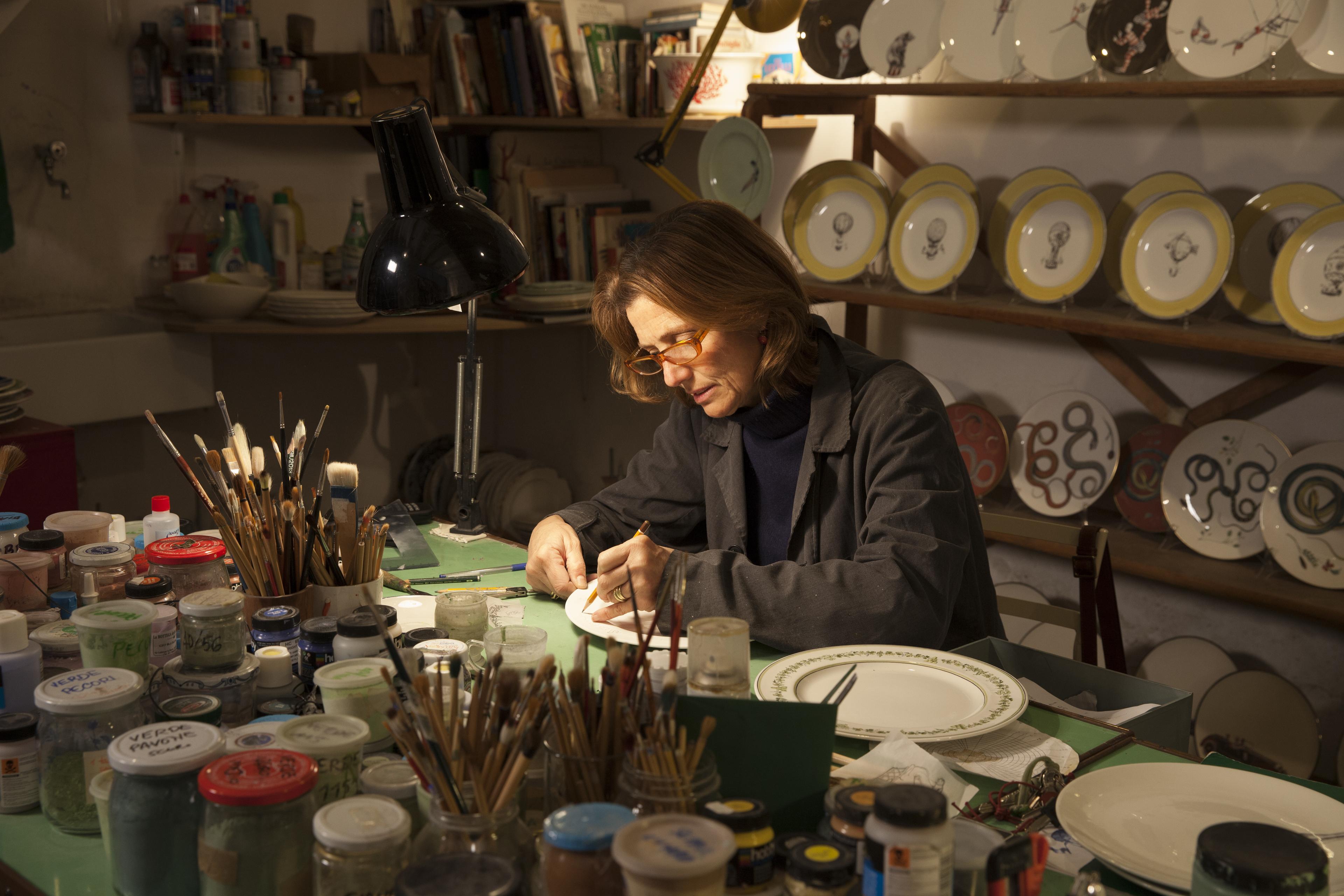
Verwurzelt in jahrhundertealter italienischer Handwerkskunst und doch von ständigem Experimentiere…

Biancoperla entstand in den späten 1950er Jahren aus der Leidenschaft der Familie Sali für feine T…